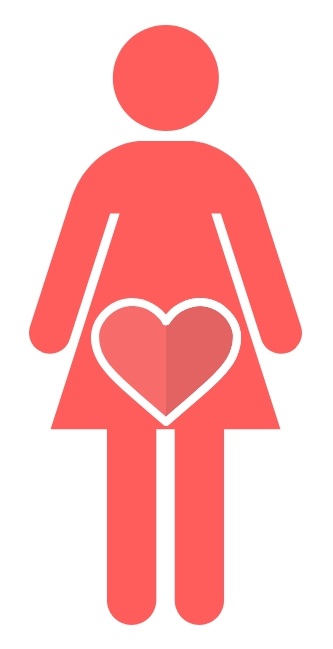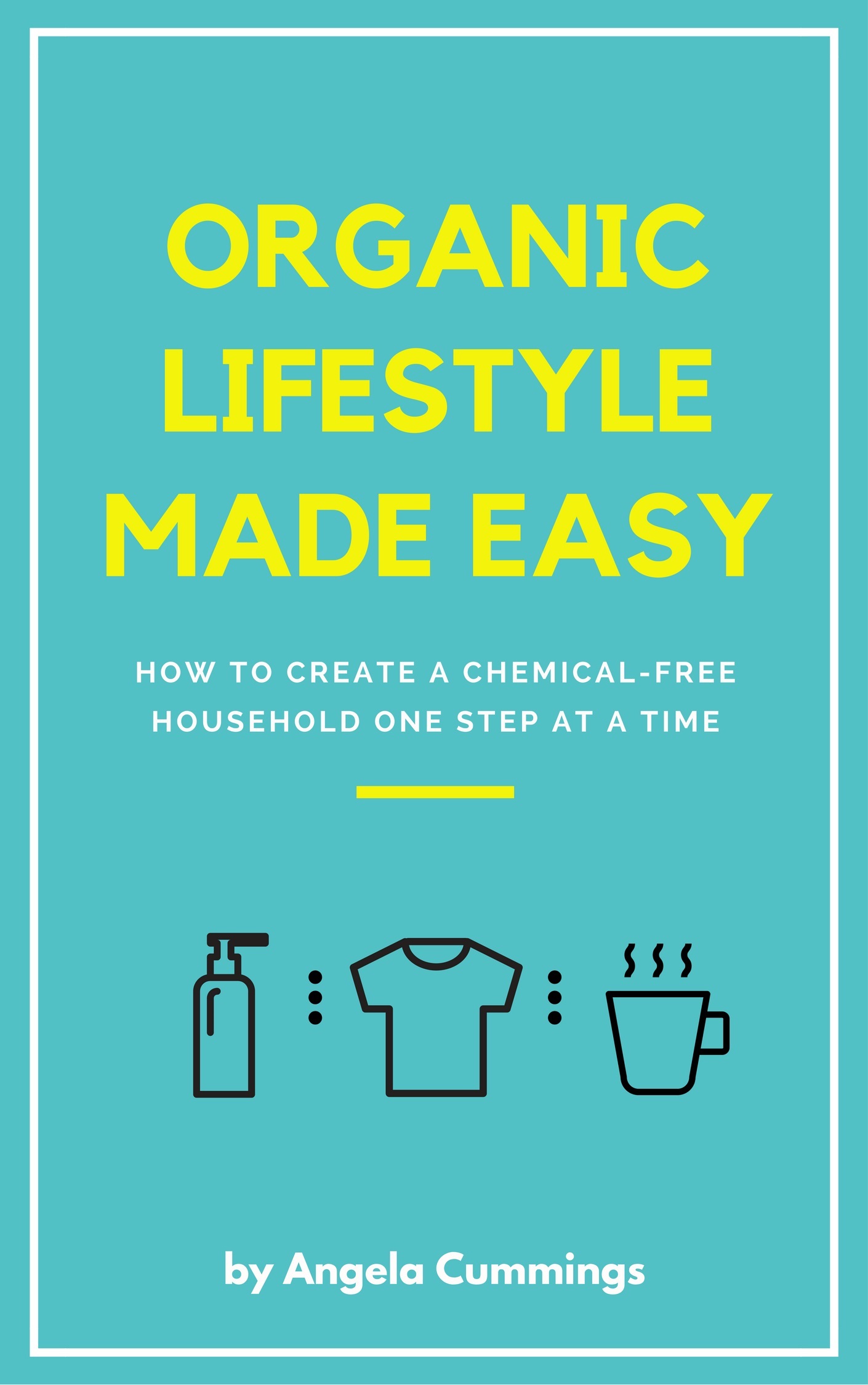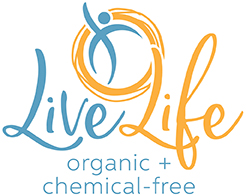
Women spend about six days of the month using feminine care products, over a 40 year period.
That’s 2,880 days or 69,120 hours of maxi pads and tampons sitting on our skin.
Since harmful chemicals can be absorbed through skin and travel into the bloodstream, I wanted to steer clear of them.
But I ran into some challenges.
Let’s look at what maxi pads and tampons are made of, and how we can find nontoxic feminine care products.
What chemicals are in feminine care products?
Standard feminine care products are made from synthetic material (polyester), which is an oil byproduct made of oil and chemicals.
Polyester is used both the covering and filling.
Plus, pads and tampons often contain fragrances, and have plastic backings and packaging.
How patterns can help find harmful chemicals.
I had made the switch from standard maxi pad and tampons, to a natural brand that was well known in the “natural product” community.
The packaging stated “made with organic cotton.”
Score! Or so I thought, anyway.
My skin kept breaking out when I used the maxi pads.
Quarter-sized welts appeared each month. They were painful to touch.
When I paid attention to where the welts were, I noticed they made a pattern around the edge the maxi pad.
The pattern repeated itself month after month. Clearly an indication that something wasn’t quite right.
At my annual checkup I mentioned this to my doctor.
“I’m really stumped though,” I said. “This product says organic cotton, so I don’t know what’s going on here. I don’t know if it’s the adhesive or packaging it’s in or what.”
He replied, and this is one of the things I love about my doctor,
“I wonder what’s in that product.”
My doctor was reinforcing the idea that our bodies are wise and can tell us when something isn’t quite right.
I went home and re-read the package. Maybe I had missed something.
As it turned out, the package did mention organic cotton… But stated organic cotton covering.
The ingredients list showed polyester as the filling. Mystery solved.
What else can patterns help with?
Patterns can appear when using any number of products. Some patterns are tougher to pinpoint than others, especially when several products are causing the problem.
Start by paying attention to how you feel when you use a certain personal care product. Then stop using it for a short time. And then use it again.
Did you notice a difference in how you feel?
If you can recreate the problem, that’s a good indicator of the products that may be causing the issue.
The process of noticing patterns is ongoing.
When one source is fixed, several more patterns may appear causing you to notice how chemicals in our everyday products may be affecting your health.
The process is like peeling an onion.
One layer or toxic product is removed, but that’s just the first of many layers to be addressed.
As you continue to peel back the layers, you’ll realize just how much better you feel. And what the true causes were for feeling crumby in the first place.
Want more strategies for choosing organic, chemical-free products?
Check out my book, “Organic Lifestyle Made Easy: How to create a chemical-free household one step at a time,” available on Amazon.

